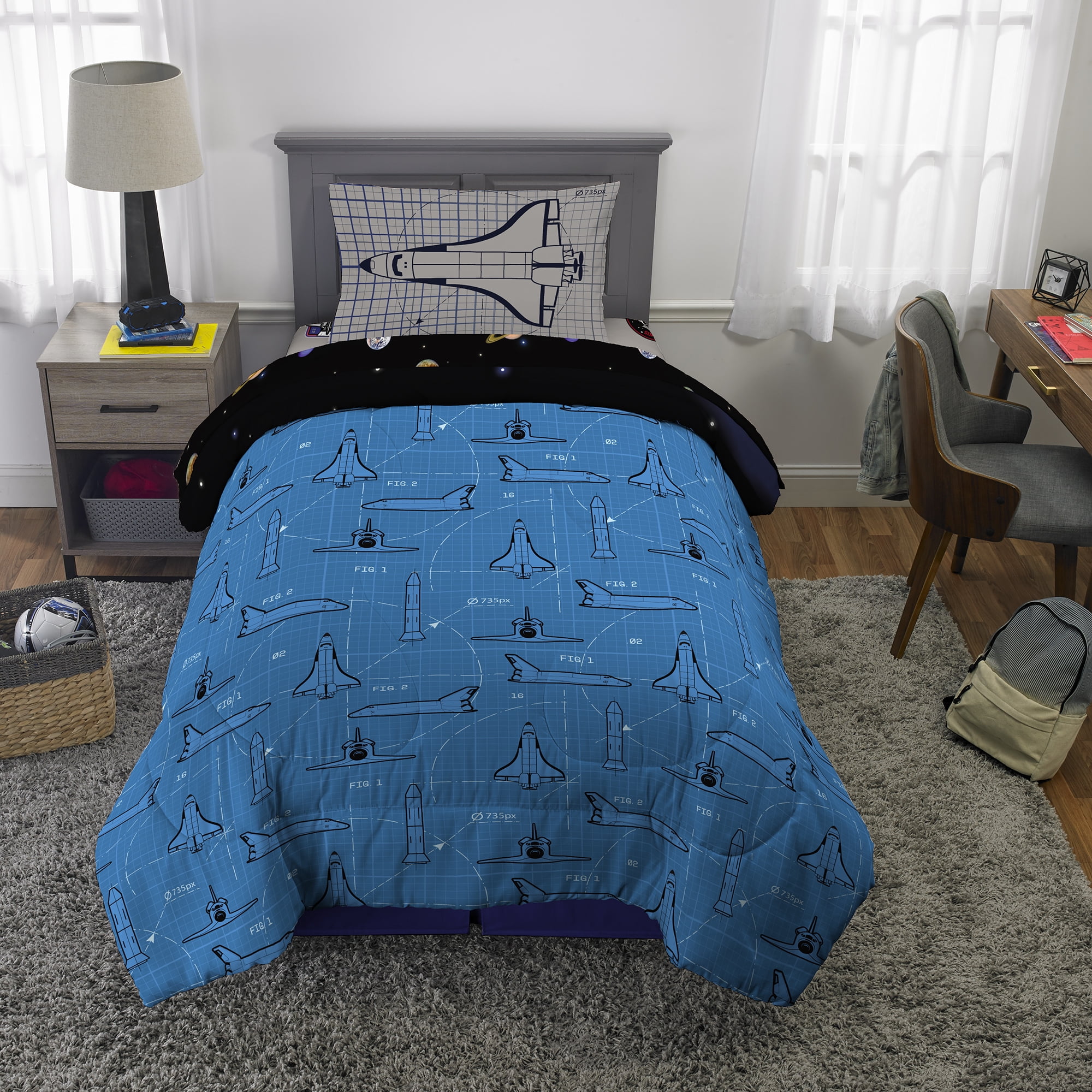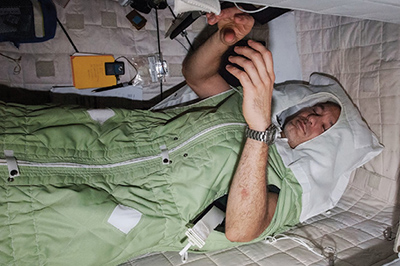

The idea is to simulate the negative effects that weightlessness has on the human body and develop methods to counteract those effects. In addition, the beds will be at a slight incline in order to cause fluids in the body to shift toward the head. Later, her mom 'claimed she had polio' which was never proven. During that time they will have to perform all manner of daily tasks while laying down. She crawled in bed, cried for days, and her mom starting taking care of her in bed. Only 24 volunteers are needed but each one will have to remain in bed for 60 days.

All three NASA astronauts chosen for the Artemis II mission are veterans of previous expeditions aboard the. The study will be most likely taking place later this year. April 4, 20233:14 AM PDTUpdated 3 months ago. Why would NASA pay so much money for people to just lay around? Well, the answer has to do with the effects of weightlessness on astronaut health. If you decide to participate in the study, you will be scheduled to spend about 97 or 105 days living in the bed rest facility of NASA’s Flight Analogs Research Unit at the University of Texas. Seems like a sweet deal for the subjects but it almost seems to good to be true. They will eat, sleep, dress, and shower all while laying down. (Archuletta's study was cut short by Hurricane Ike.) The beds are tilted head-down at a six-degree angle. The study simulates the effects of long-duration spaceflight by having test subjects lie in beds for 90 days. During this time the subject will do everything while in bed. Archuletta lay in bed for nearly two months as part of NASA's bed rest study. That’s why no other material performs like TEMPUR® Material.NASA, along with the German Aerospace Center and the European Space Agency, is looking for people to lay in bed for 60 days and earn $18,522. The German Aerospace Center will select 24 participants to stay asleep while they.
#Nasa in bed for 3 months update#
Ever since it embarked on its voyage to Jupiter, NASAs Juno spacecraft has spent seven long years. NASA Offers 5000 a Month For You to Lie in Bed UPDATE 05/12: NASA’s lead investigator on the study discussed herein sent a picture of the bed rest lab to Wired Science.
#Nasa in bed for 3 months tv#
The result? Unparalleled pressure point relief, absorption, and motion separation to help keep you in uninterrupted, deep sleep. GERMANY - NASA is willing to pay participants about nearly 19,000 to spend two whole months watching TV in bed. NASAs Juno spacecraft captures a lightning strike in the clouds near Jupiters north pole. The IUVS instrument measures wavelengths between 110 and 340 nanometers, outside the visible spectrum. The viscous (fluid-like) and elastic (spring-like) properties of the material actively work together - in the right way, at the right places to provide the right support, comfort and infinite adaptability. Things To Know Before You Apply Participants spend two entire months in bed and remain lying down even to do everyday things such as eat, drink and exercise. MAVEN’s Imaging Ultraviolet Spectrograph (IUVS) instrument obtained these global views of Mars in 20 when the planet was near opposite ends of its elliptical orbit. Our material - unlike memory foam - is uniquely formulated to respond to your body’s weight, shape and temperature. Our scientists rigorously tested and enhanced the foam to increase its adaptability, heat dissipation and durability.įor more than 25 years, TEMPUR® Material has evolved to give you a sleep experience like no other. When NASA released the material’s formula for consumer use, our founders were eager to improve the application specifically for sleepers.

Throughout the 1970s, NASA used their new “Temper” technology in seat cushions for space shuttles and planes.*

They successfully created a groundbreaking viscoelastic “slow spring back foam” containing billions of open cells that were heat sensitive. Decades ago, NASA scientists began developing a new material to absorb the G-force of astronauts traveling into space.


 0 kommentar(er)
0 kommentar(er)
